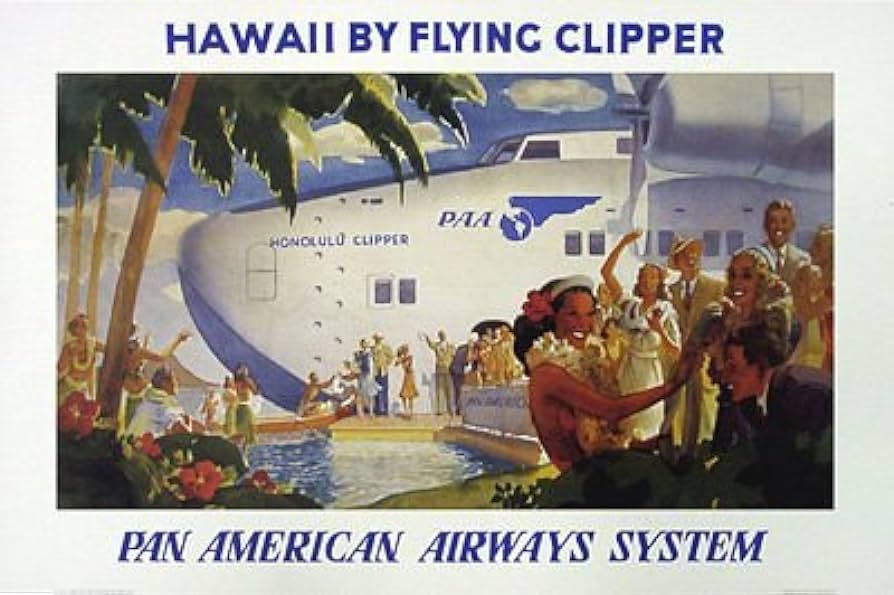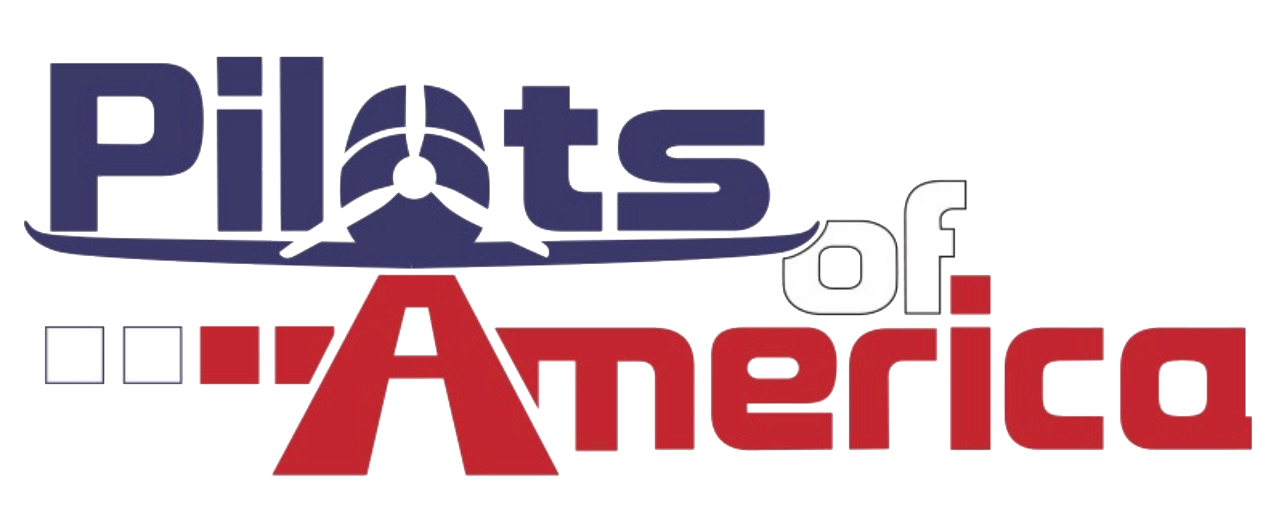Pilawt
Final Approach
- Joined
- Sep 19, 2005
- Messages
- 9,478
- Display Name
Display name:
Pilawt
I literally love this airplane. I nearly* bought it when one came up for sale a year ago w/ a spare airframe for parts.
Low purchase price does not mean good for newbies. Please turn in your flight instructor certificate at the nearest FSDO, and review the multitude of relevant NTSB reports. Then go find the nearest chalkboard. You should write the following on it:
I was curious enough to look that up as well. I see a few for around that amount.Can one be had (that's worth having) for less than 400K?
A little out of your price range but I think this is the route I would go. Very fast and good range. Just put the amount over $400k on a note and don't worry about it.
https://www.controller.com/listing/...n-xp-82-twin-mustang-piston-military-aircraft
I see how it is@kaiser and I are going halfsies on this one...
https://www.trade-a-plane.com/searc...model=601P&listing_id=2412882&s-type=aircraft

You're going TBM. I can't keep up with ag money.I see how it is
And now we're back to the question whether a top tier piston twin like the Aerostar or 400 series is actually cheaper than a SETP.You're going TBM. I can't keep up with ag money.
And now we're back to the question whether a top tier piston twin like the Aerostar or 400 series is actually cheaper than a SETP.

I'm turboprop ignorant... are the Garrett engines on this the same as your mu2?As soon as you go turbine, Dirty Harry shows up and asks you a very important question:
View attachment 114090
Because that's how turboprop ownership is. Yes, turbines are more reliable and normally go between inspections without issues (including engine inspections). But, the aircraft depreciates largely based on remaining time on the engine inspections. And then when they open it up, you can be lucky and have a $30k HSI, or you can end up being over 6 figures.
And when you're flying a TBM, you've got the big expensive PT-6s, parts are priced accordingly.
The MU-2 was great. Breezed between inspections and in 500 hours I only had one or two minor items that had to be dealt with that couldn't be deferred until a scheduled inspection. But the hot section on the one engine was about $65k (that was with a discounted price). If I'd had any MU-2 besides an F with -1s I would've been subject to a combustor AD that would've added about $20k to that hot section.
Everyone I know who has a TBM loves the things. But, one of them was down for about 6 months for his HSI and it was not cheap.

I'm turboprop ignorant... are the Garrett engines on this the same as your mu2?
View attachment 114097
I kinda love it; the wings are in the correct place and you know it can take a Cirrus strike

I'm turboprop ignorant... are the Garrett engines on this the same as your mu2?
View attachment 114097
I kinda love it; the wings are in the correct place and you know it can take a Cirrus strike
Remember, a twin has twice as much stuff to break, and you're likely to end up in the drink anyway if the engine goes out. Second engine is there to get twins to the crash site.
Got and hour and a half more Ford Trimoter time than you. Twin has twice as much of everything except airframe, and even that's bigger. More complexity. More stuff to break. More stuff to put you in the drink. Don't care if you don't like it.Says the guy with 0 hours of multi time and no twin ownership experience.
Literally everything you've said in the above quote is wrong, Michael.
How has no one suggested a Duke? You'd look cool in a Duke.
OK, I'll bite. Seriously, a Duke would be a good second choice after the Aerostar, (210 kts true at altitude). You can get a good one for under $400K, but, like the big twin Cessnas, any of those will cost $600-$700/hr to operate (all-in). And that's with reasonable insurance, which, with low twin time, your numbers may be quite high. I'd check with your brokers to get some real numbers, you may have to accept a slower entry-level plane, Seneca, Twin Comanche, etc., for awhile.
Says the guy with 0 hours of multi time and no twin ownership experience.
Literally everything you've said in the above quote is wrong, Michael.
Got and hour and a half more Ford Trimoter time than you. Twin has twice as much of everything except airframe, and even that's bigger. More complexity. More stuff to break. More stuff to put you in the drink. Don't care if you don't like it.
How did you log that without a MEL rating ?
To be fair, @Ted has a last name, but no one can pronounce it.Wait, Steingar has a first name? I thought it was like Cher, or Madonna, or Ted. One name only known worldwide.
….Literally everything you've said in the above quote is wrong, Michael.
He got Ed’s name right
If I could go my whole flying career without ditching or attempting to ditch that would be great.
The only way to guarantee that is to stay at home on the couch.


Only in Iowa.
Would this still count as ditching? About the only way to guarantee you won't have to go swimming, and can't be beat for style points. I wonder if marina slip fees would be cheaper than ramp fees
View attachment 114112

But it wouldn’t be a violation in an emergency, because it is in “this Part”.without even violating the 500 feet from boats rule.
At extreme altitudes.I was curious, so I looked it up. Mooney Acclaim gets you 240 knots. Wow
At extreme altitudes.
Not really true. Lots of posts on here about heavy metal like MU-2s and SA-227s, etc. But many twins like the Barons are about the same size as their single-engine counterparts. And many twins have plenty of one-engine power to fly safely to a runway. I don't currently own an airplane (about to change that in the near future). But I used a friend's airplanes...he'd rent them to me for a dry rate. The Debonair was $135/hour. The B55 Baron was $165/hour. The Baron did cost more to maintain but it wasn't double.Got and hour and a half more Ford Trimoter time than you. Twin has twice as much of everything except airframe, and even that's bigger. More complexity. More stuff to break. More stuff to put you in the drink. Don't care if you don't like it.
